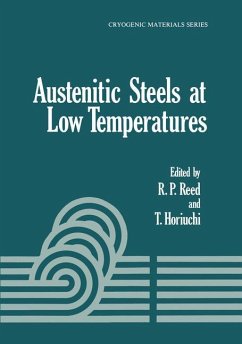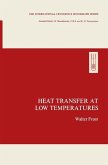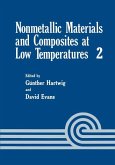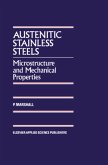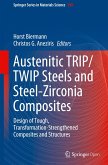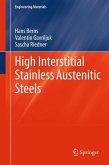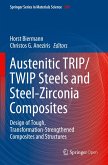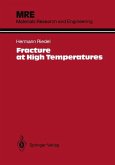The need for alternate energy sources has led to the develop ment of prototype fusion and MHD reactors. Both possible energy systems in current designs usually require the use of magnetic fields for plasma confinement and concentration. For the creation and maintenance of large 5 to 15 tesla magnetic fields, supercon ducting magnets appear more economical. But the high magnetic fields create large forces, and the complexities of the conceptual reactors create severe space restrictions. The combination of re quirements, plus the desire to keep construction costs at a mini mum, has created a need for stronger structural alloys for service at liquid helium temperature (4 K). The complexity of the required structures requires that these alloys be weldable. Furthermore, since the plasma is influenced by magnetic fields and since magnet ic forces from the use of ferromagnetic materials in many configur ations may be additive, the best structural alloy for most applica tions should be nonmagnetic. These requirements have led to consideration of higher strength austenitic steels. Strength increases at low temperatures are achieved by the addition of nitrogen. The stability of the austenitic structure is retained by adding manganese instead of nickel, which is more expensive. Research to develop these higher strength austenitic steels is in process, primarily in Japan and the United States.
Hinweis: Dieser Artikel kann nur an eine deutsche Lieferadresse ausgeliefert werden.
Hinweis: Dieser Artikel kann nur an eine deutsche Lieferadresse ausgeliefert werden.

